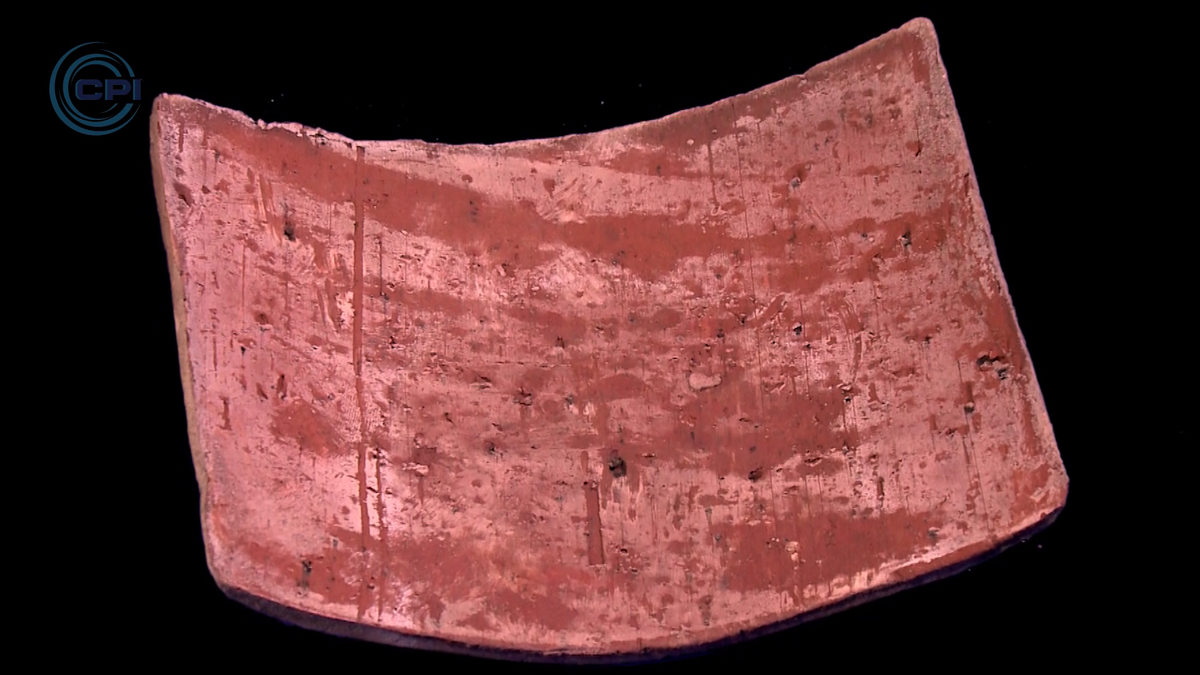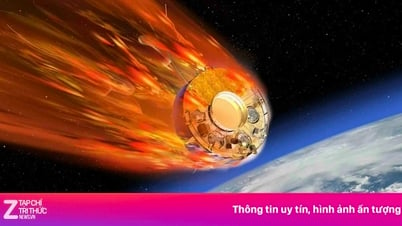
Illustration
According to astronomers, the Sun has existed for about 4.6 billion years and is currently in the most stable phase of a star’s life cycle – the main sequence phase. During this phase, the Sun maintains its light and heat by converting hydrogen into helium in its core through thermonuclear fusion. As a result, it emits energy in the form of electromagnetic radiation – the light and heat that Earth receives every day.
The Sun, however, is not immortal. It is predicted that in about 4.5 to 5 billion years, the hydrogen in its core will gradually run out. At that point, it will undergo a dramatic transformation: it will swell into a red giant, engulf nearby planets—including Earth—and eventually degenerate into a cold, silent white dwarf.
While that may sound daunting, for humanity, 4.5 billion years from now is a near-infinite timeframe. During that timeframe, the Sun will continue to provide life, light, and energy to Earth – just as it has for billions of years.
So every morning when we see the sunlight breaking through the clouds, we can rest assured that the Sun is still doing its job – and will continue to do so for a very long time to come.
Source: https://doanhnghiepvn.vn/cong-nghe/mat-troi-co-khi-nao-ngung-chieu-sang/20250416030156314


![[Photo] The moment Harry Kane lifted the Bundesliga trophy for the first time](https://vphoto.vietnam.vn/thumb/1200x675/vietnam/resource/IMAGE/2025/5/11/68e4a433c079457b9e84dd4b9fa694fe)

![[Photo] Prime Minister Pham Minh Chinh chairs the fourth meeting of the Steering Committee for Eliminating Temporary and Dilapidated Houses](https://vphoto.vietnam.vn/thumb/1200x675/vietnam/resource/IMAGE/2025/5/11/e64c18fd03984747ba213053c9bf5c5a)

![[Photo] National Assembly Chairman works with leaders of Can Tho city, Hau Giang and Soc Trang provinces](https://vphoto.vietnam.vn/thumb/1200x675/vietnam/resource/IMAGE/2025/5/11/c40b0aead4bd43c8ba1f48d2de40720e)






















































































Comment (0)